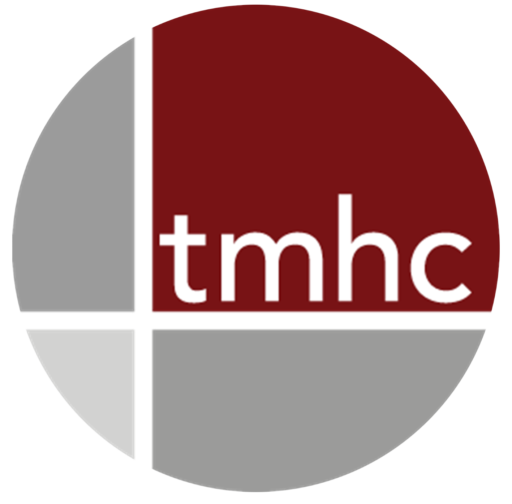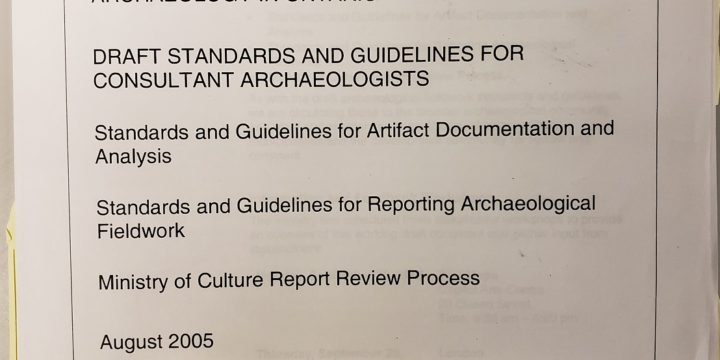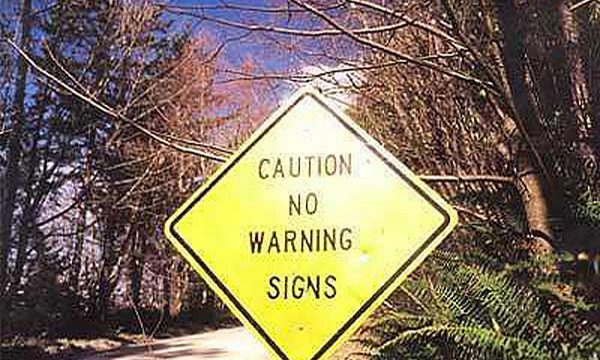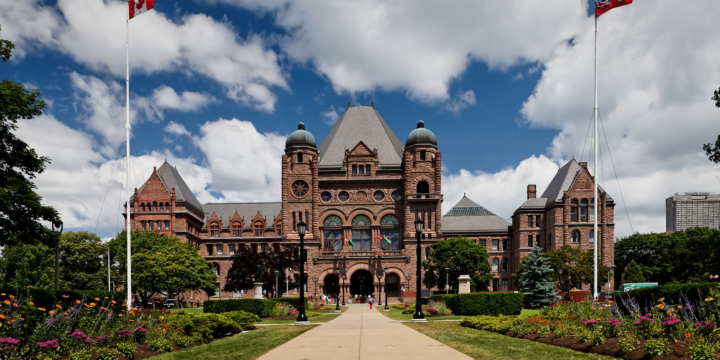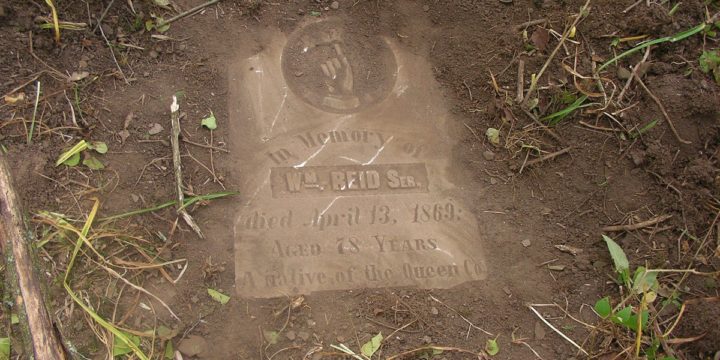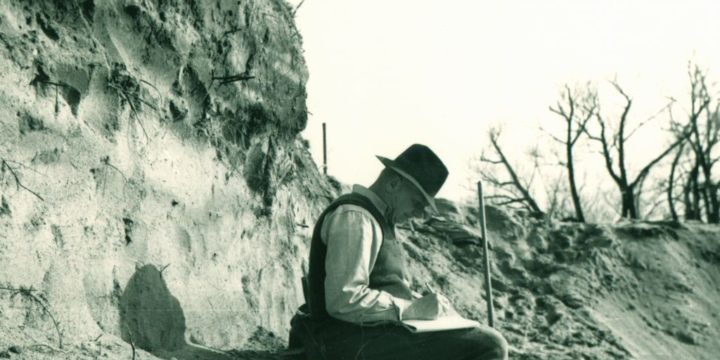
Lead Legacy
Lead Legacy - Addressing Unregistered Sites in the 21st Century On February 25, 2019, 11 academic, government, avocational and commercial archaeologists worked for six hours to try and push as many site lead updates into Ontario's Past Portal as they could during that period. By 7:00 pm that evening, 70 site leads had been entered into the database and an additional 137 sites leads had been processed, many of which were geo-referenced and ready to be uploaded. In all, 207 potential sites were reviewed and processed. These leads originated in Wilfrid Jury's 1932 Catalogue notes and from Early Black Settlement descriptions from Joyce Pettigrew's A Safe Haven: The Story of the Black Settlers of Oxford County. Although the weather wasn't wholly in our favour, those that came out put in…
